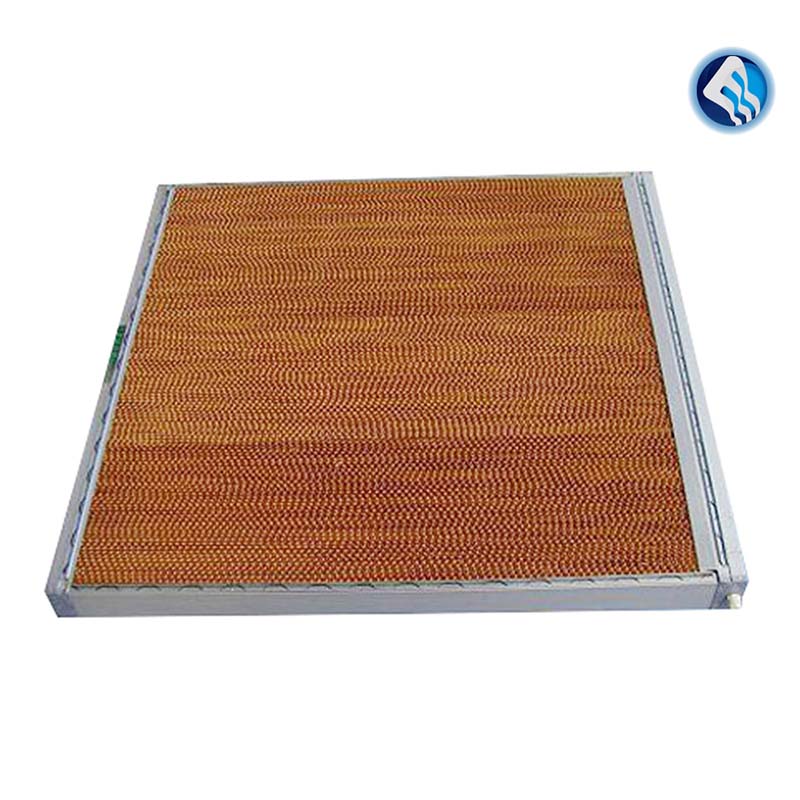Efficient Hammer Mill Solutions for High-Quality Animal Feed Production
Nov . 11, 2024 00:54 Back to list
Efficient Hammer Mill Solutions for High-Quality Animal Feed Production
The Importance of Hammer Mills in Animal Feed Production
In the livestock industry, the production of high-quality animal feed is crucial for ensuring optimal health and growth rates in animals. One of the essential tools used in the preparation of animal feed is the hammer mill. This machine plays a significant role in grinding raw materials, enabling farmers and feed manufacturers to create well-balanced and nutritious feeds for various livestock species.
What is a Hammer Mill?
A hammer mill is a type of industrial equipment that utilizes rotating hammers to crush, grind, or pulverize materials. Typically, it is employed in the processing of grains, forage, and other raw ingredients used in animal feed. The design of a hammer mill allows it to efficiently reduce particle size, ensuring that the final product meets the specific nutritional requirements of different animals.
How Hammer Mills Work
The operation of a hammer mill is relatively straightforward. Raw materials are fed into the mill, where they are struck by rapidly rotating hammers. These hammers are attached to a rotor that spins at high speeds, delivering powerful impacts that break down the material into smaller particles. Once ground to the desired size, the material passes through a screen, which ensures uniformity in particle size and helps control the consistency of the feed.
The ability to adjust the screen size and hammer speed allows for flexibility in processing different types of feed ingredients. For instance, coarse-grained ingredients may require larger hammer sizes or different configurations, while finer grinding may necessitate smaller screens to achieve the desired consistency.
Benefits of Using Hammer Mills in Animal Feed Production
animal feed hammer mill

1. Improved Nutrient Absorption By grinding raw materials into smaller particles, hammer mills facilitate better nutrient absorption in animals. Livestock are better able to digest smaller particles, resulting in improved feed efficiency and growth performance.
2. Cost-Effective Processing Hammer mills are versatile machines that can handle a wide range of materials, including grains, legumes, and roughage. This adaptability can lead to cost savings as producers can use various ingredients without needing multiple types of milling equipment.
3. Enhanced Feed Quality The uniformity of particle size achieved through hammer milling ensures consistent feed quality. This is crucial for formulating balanced rations that meet the specific dietary needs of different animal species. Consistent feed quality also helps in preventing dietary disorders and improving overall animal health.
4. Flexibility in Formulation With the capability to grind different ingredients, hammer mills allow feed manufacturers to create customized feed formulations tailored to the specific needs of their livestock. This flexibility is essential in optimizing growth rates, reproductive performance, and overall health.
5. Ease of Maintenance Hammer mills are typically designed for easy maintenance and cleaning. Regular upkeep of the machine ensures longevity and optimal performance, reducing downtime and associated costs.
Conclusion
In conclusion, hammer mills are an indispensable component of animal feed production. Their ability to efficiently process a variety of raw materials into uniform particle sizes enhances the nutritional quality of feeds, leading to better animal performance and health. As the demand for high-quality animal products continues to rise, investing in advanced hammer mill technology can provide a competitive edge for feed manufacturers. Ultimately, the role of hammer mills in formulating effective animal rations contributes significantly to the sustainability and productivity of the livestock industry.
-
Hot Sale 24 & 18 Door Rabbit Cages - Premium Breeding Solutions
NewsJul.25,2025
-
Automatic Feeding Line System Pan Feeder Nipple Drinker - Anping County Yize Metal Products Co., Ltd.
NewsJul.21,2025
-
Automatic Feeding Line System Pan Feeder Nipple Drinker - Anping County Yize Metal Products Co., Ltd.
NewsJul.21,2025
-
Automatic Feeding Line System - Anping Yize | Precision & Nipple
NewsJul.21,2025
-
Automatic Feeding Line System - Anping Yize | Precision & Nipple
NewsJul.21,2025
-
Automatic Feeding Line System-Anping County Yize Metal Products Co., Ltd.|Efficient Feed Distribution&Customized Animal Farming Solutions
NewsJul.21,2025






